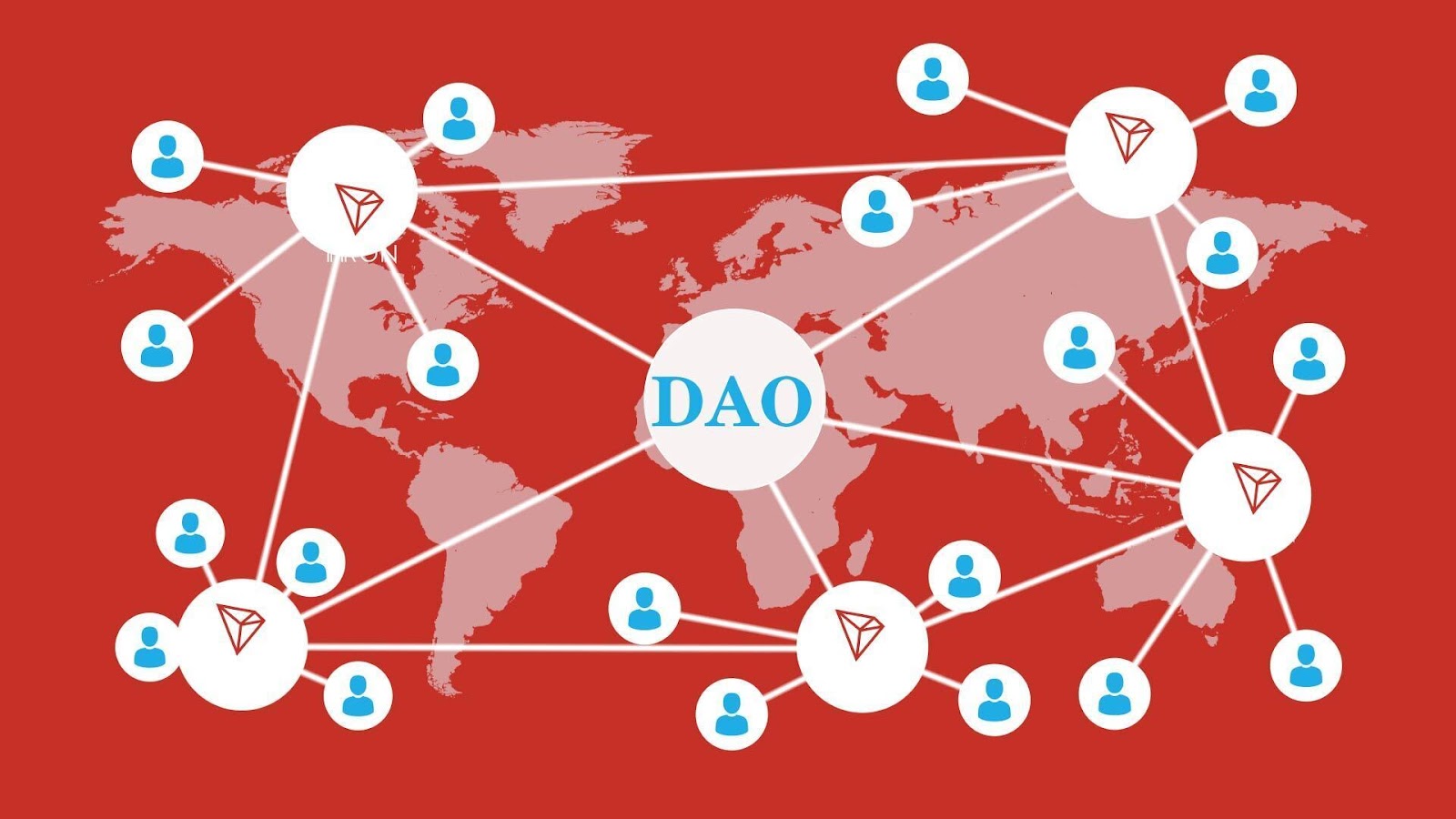The article “What Is DAO?” has given us a rough idea of the Decentralized Autonomous Organization, or DAO. Are DAOs really capable of transforming the way humans organize and collaborate in the future? Today, TRON 101 is going to dig out the answer from the history of the DAO.
The term “decentralized autonomous organization” was coined back in the 1990s to describe the multi-agent system of the Internet of Things (IoT). The definition of today’s DAO can be traced back to the idea of the decentralized autonomous company (DAC), which first appeared in early crypto forums and referred to a governance model that used tokenized shares to generate yields for shareholders.
In 2014, Vitalik Buterin, founder of Ethereum, portrayed the DAO as the holy grail in his blog “DAOs, DACs, DAs and More: An Incomplete Terminology Guide”, which aroused heated discussion. Based on the definition of the DAO, some believe that Bitcoin is the first DAO in the world, but the term now largely refers to an organization deployed on a blockchain by using smart contracts.
In May 2016, the first DAO in today’s sense, “The DAO”, was born in the Ethereum community. It is the most known one in DAO’s history, for its fiasco. The DAO was, in fact, a decentralized venture capital fund or a crowdfunding platform that allowed entrepreneurs to pitch their business plans to the community in exchange for start-up funding, and investors could send ETH to a designated Ethereum address for DAO tokens.
Eventually, a total of 12.7 million ETH (worth approx. $150 million) were sent to The DAO by around 20,000 investors. However, just one month into its launch, The DAO was hacked and $50 million worth of ETH was stolen through a vulnerability of its contract. This was not only a huge blow to DAOs as a whole but resulted in a hard fork of the original Ethereum chain, splitting it up into Ethereum Classic and the Ethereum today.
There was a sluggish period of growth for DAOs after the attack. But the failure of The DAO has alerted more DAO developers to the importance of a well-designed governance model and vulnerability-free code, inspiring the creation of Aragon (a platform for multi-chain deployment of DAOs) and MakerDAO (a lending platform and provider of the stablecoin DAI), among others.
DAOs began to recover in 2019. One of the best-known is MolochDAO, an organization that shares similar functions with The DAO. It introduced ERC20 as the technical standard of DAO smart contracts, inspired a series of new DAOs to be established as its branches, and brought the growth of DAOs to a small climax.
Today, DAOs are still in their infancy, and a notable change is that social networking-oriented DAOs have started to draw public attention. People around the world gather on social platforms such as Twitter or Discord for a common goal: to collect digital artworks, buy an NBA team, or even own the original copy of the U.S. Constitution off an auction.
Although no one knows what DAOs will become in the future, it has gained much attention in the Web3 community. For instance, the TRON network achieved complete decentralization last December and became TRON DAO, the world’s largest decentralized autonomous organization. TRON DAO’s strategic moves are excellent proof that DAO will have a lot to offer in major sectors, including DeFi, NFTs, Web3, cross-chain communication, stablecoins, and GameFi.
